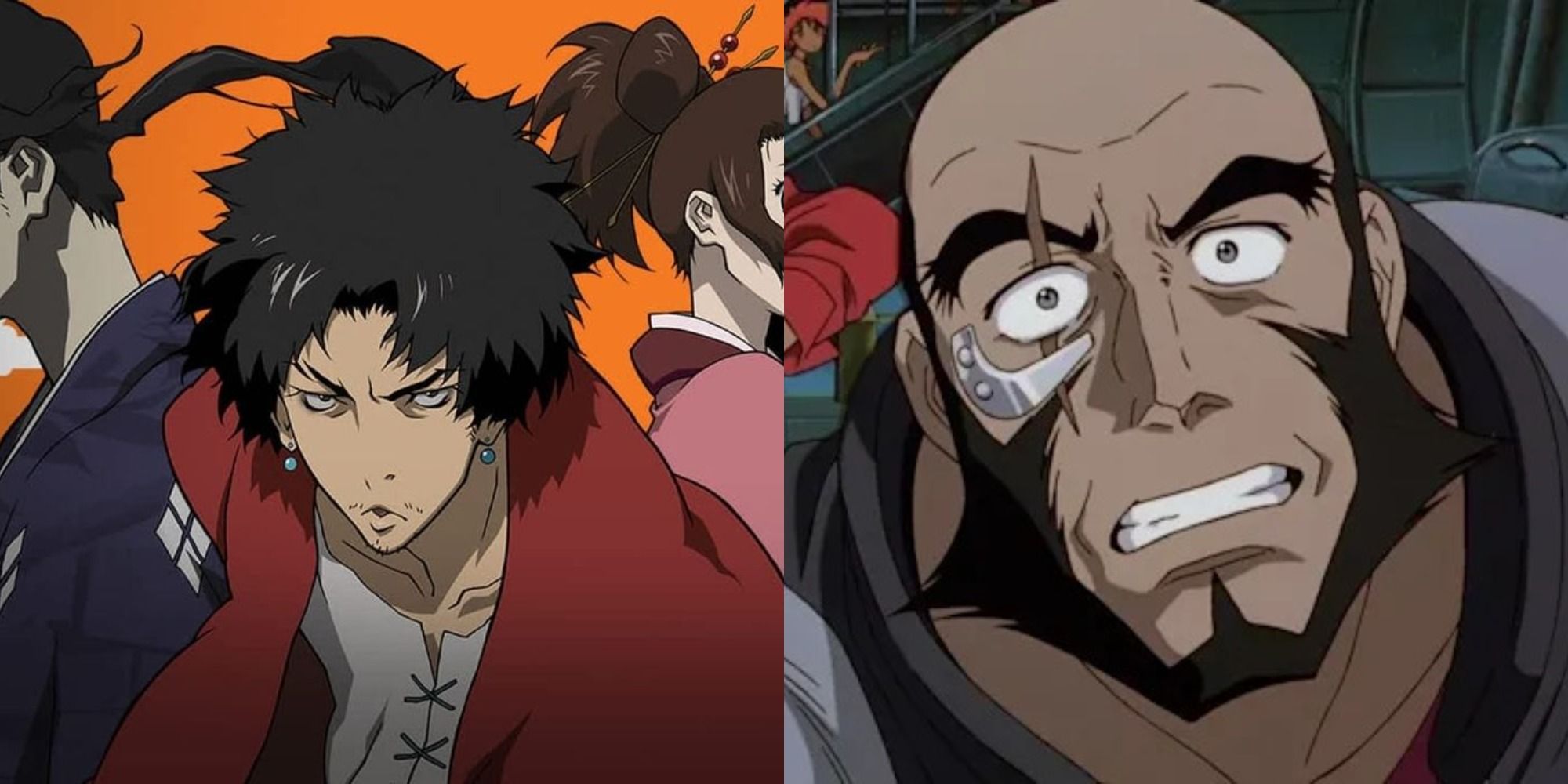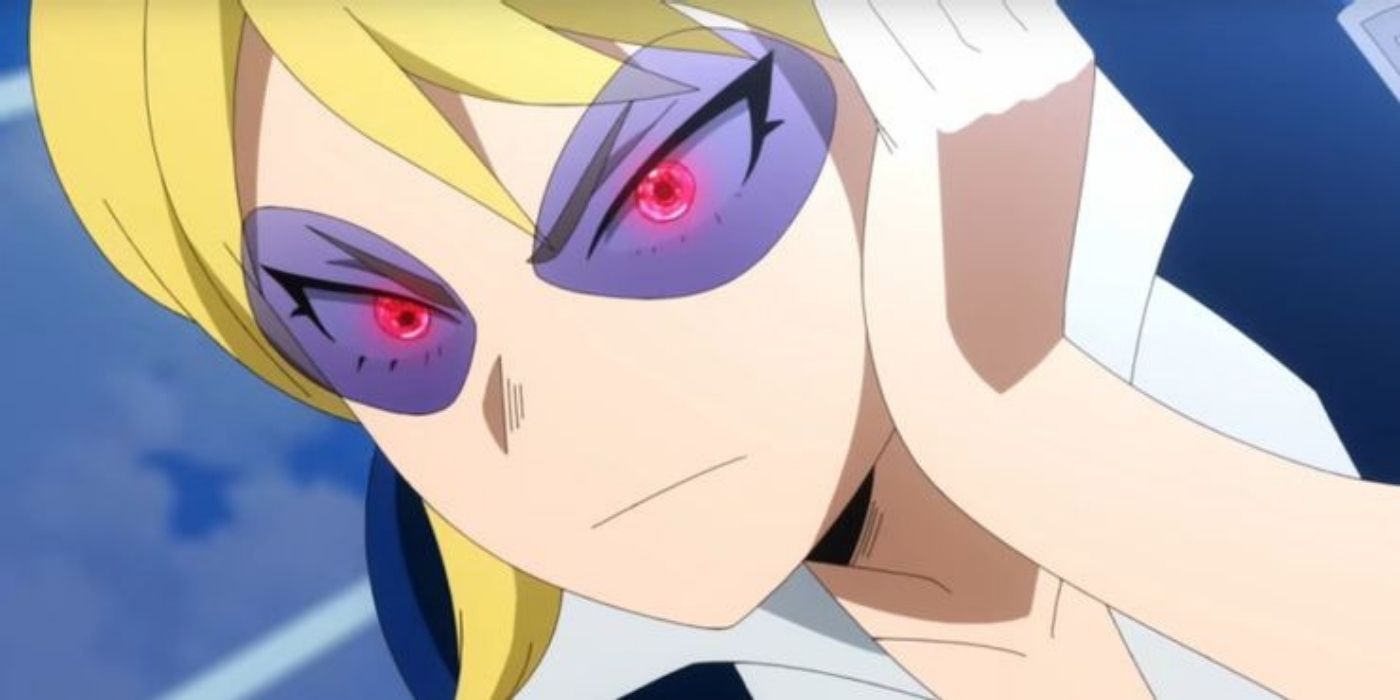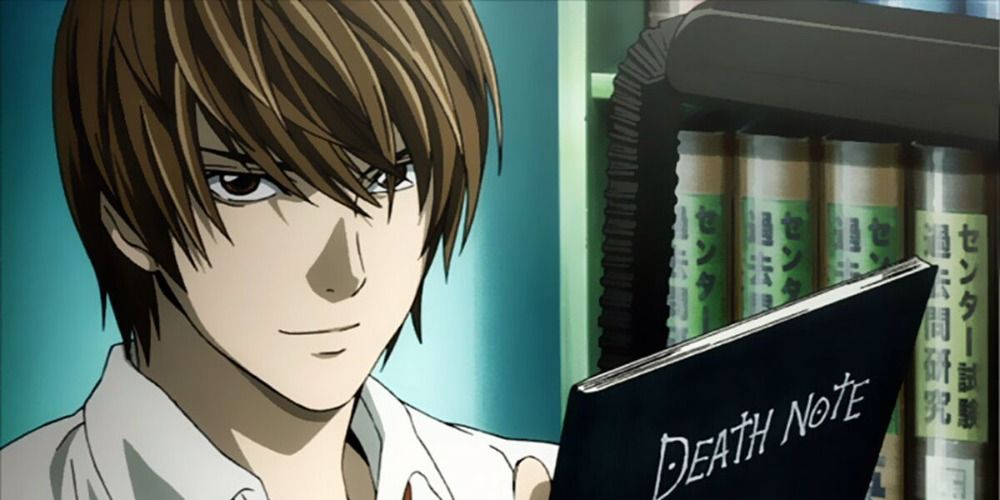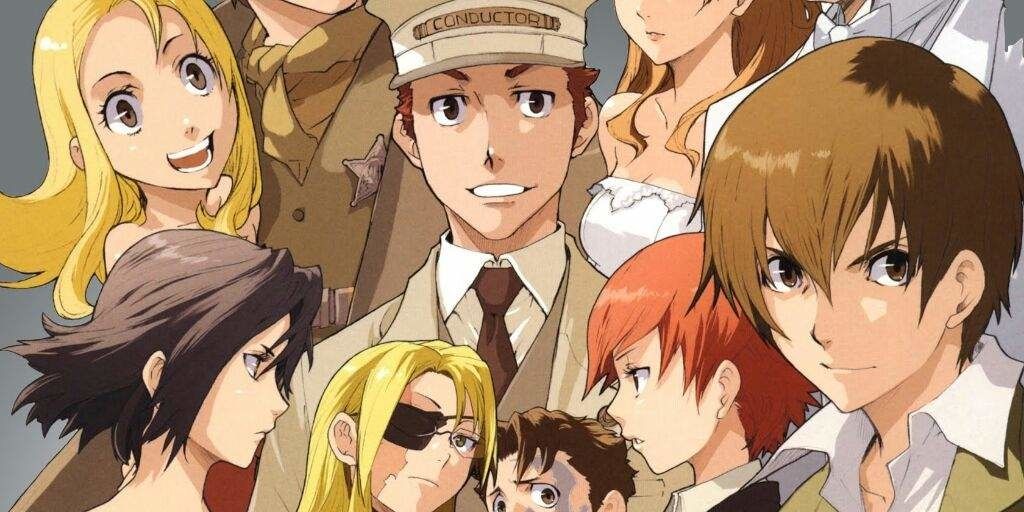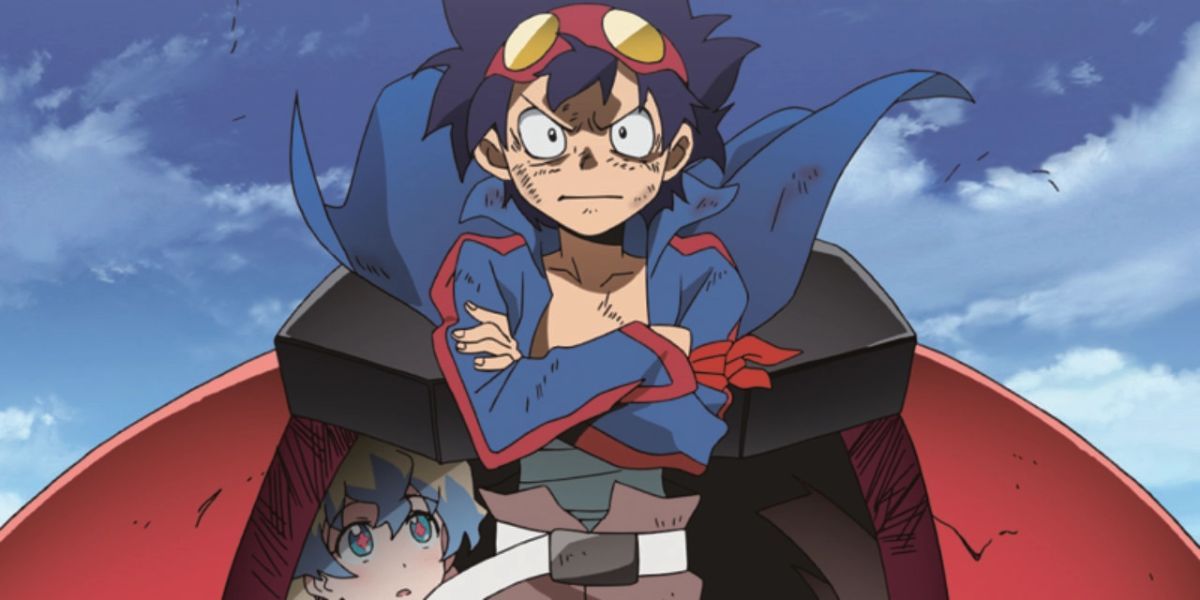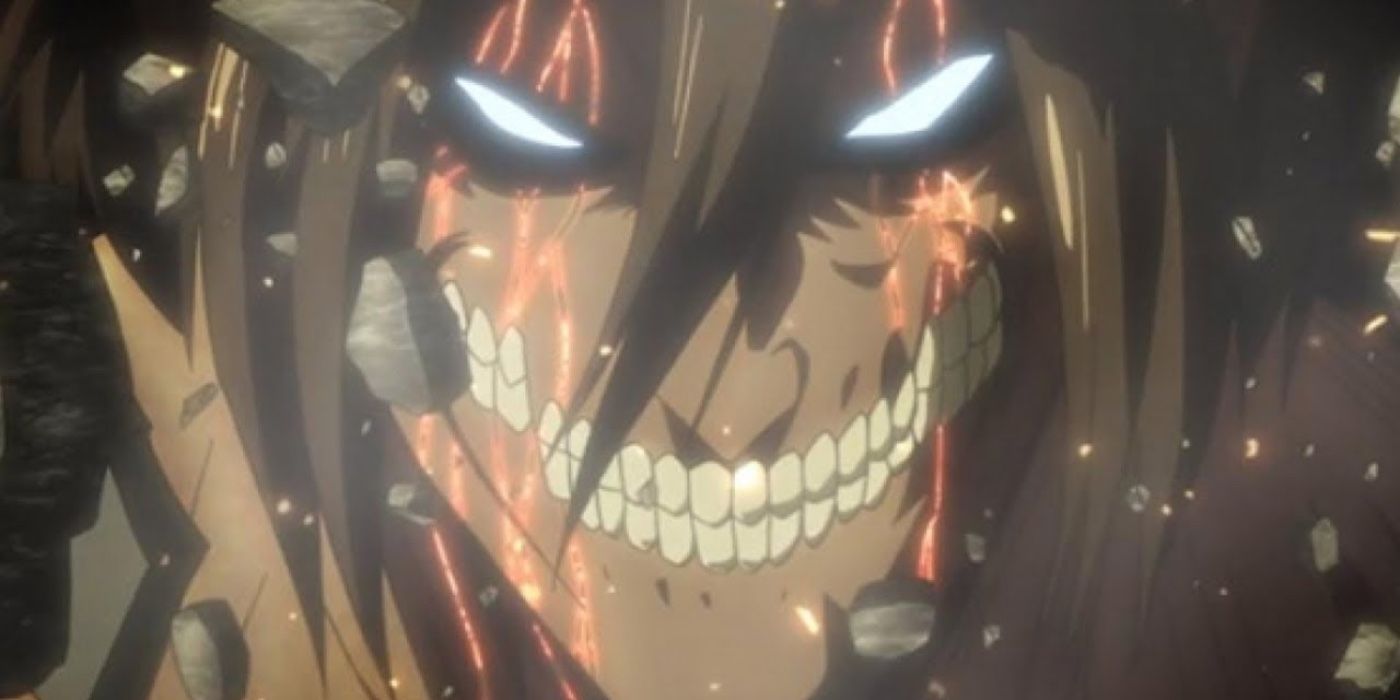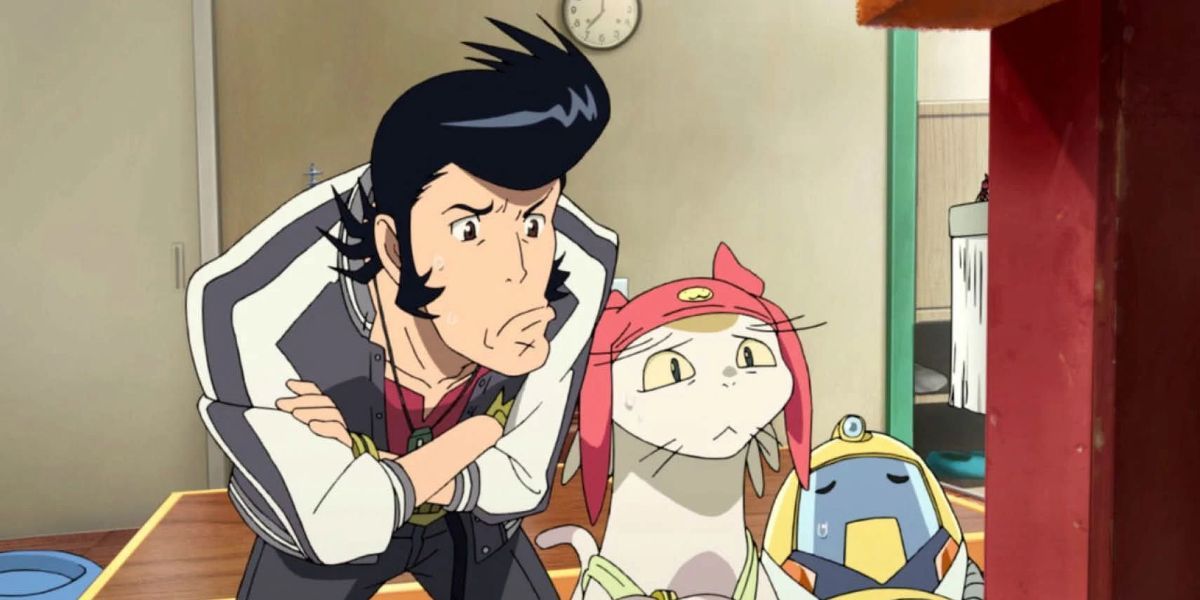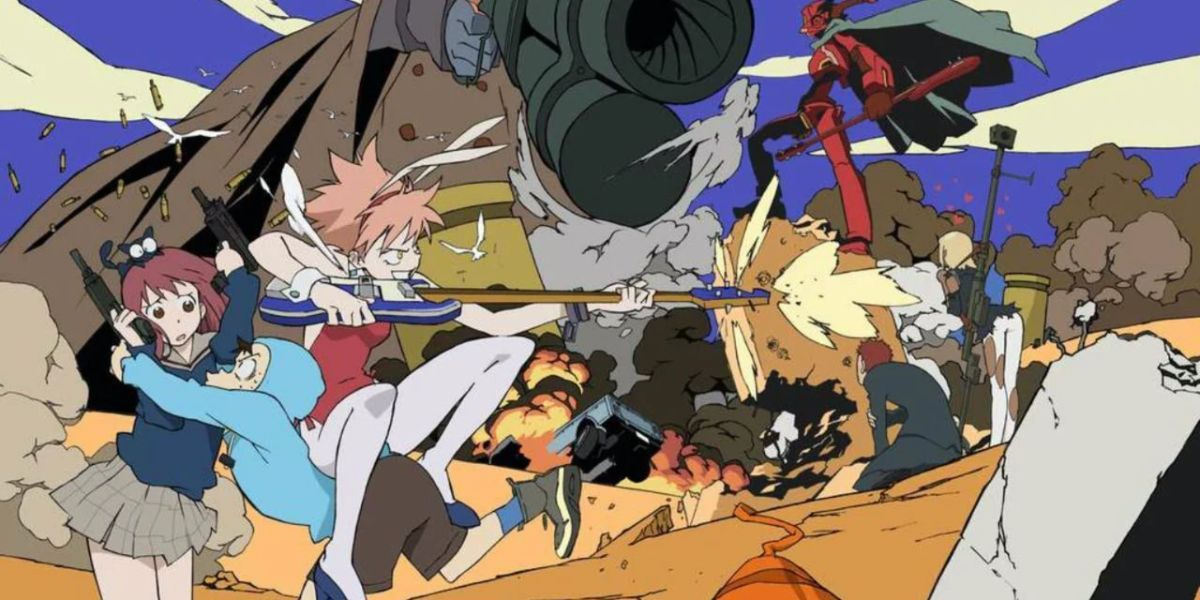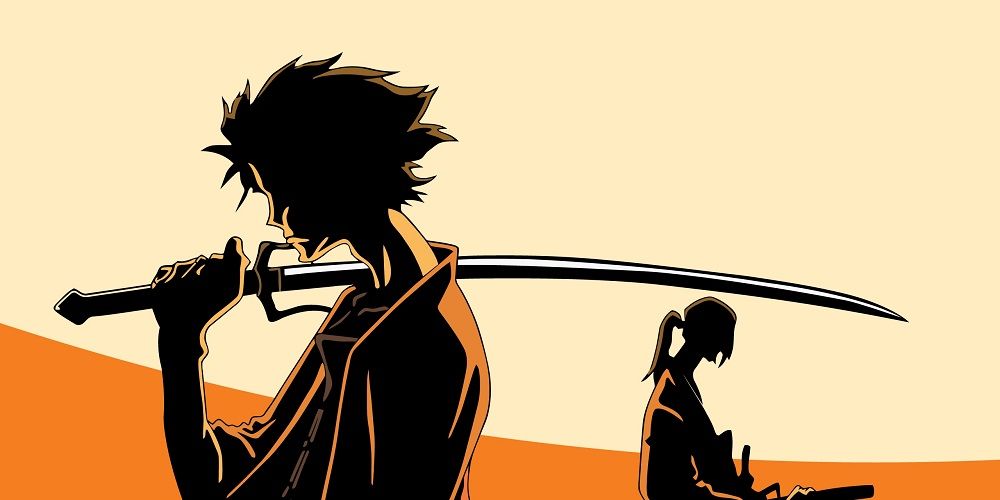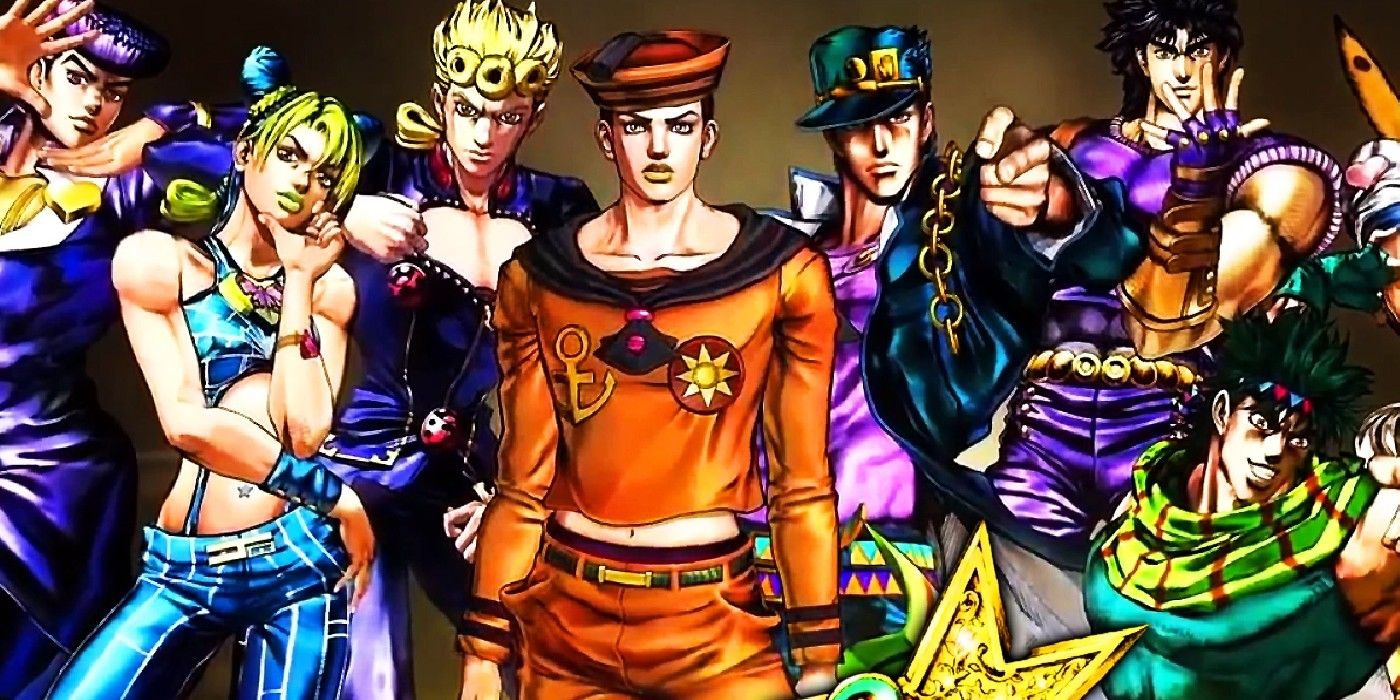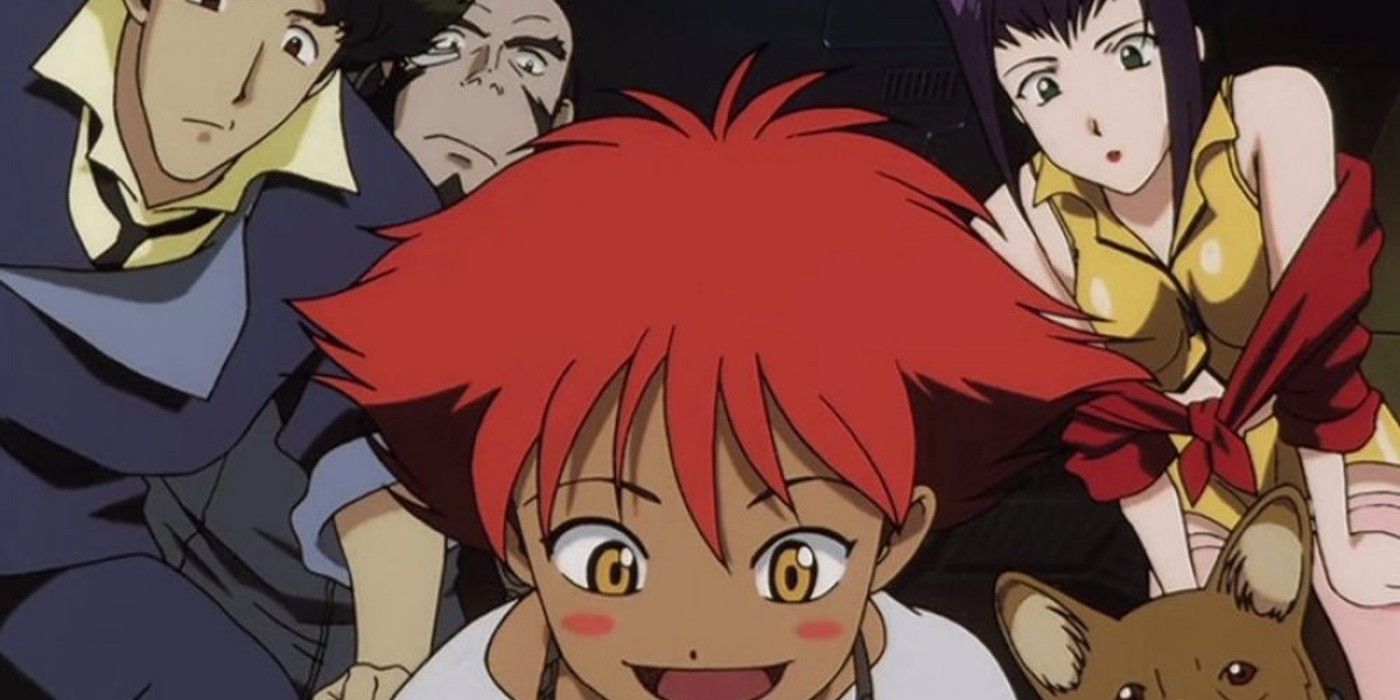Japanese animation is a medium that covers many genres, from shonen to romance, and even slice-of-life. However, there’s more to anime than just story or animation. Whether it's the opening credits, the closing, or the overall musical score, the soundtrack is an important part of the identity of any anime series.
If done right, the music can tie in thematically to the series through instrumentation or composition, and reflect a character’s mood or desires. It helps set the tone while adding to the style the series is going for.
My Hero Academia
My Hero Academia is a story about young up-and-coming superheroes, and one of the best western anime series, overall. As such, the series needs an audio backdrop that sounds hopeful and heroic in order to get the vibe across.
Composer Yuki Hayashi gets the job done with sweeping orchestral strings and chugging electric guitars, the standout track being “You Say Run.” Though the track became a meme for some time, it did so for good reason: because it is a track that conveys the feeling of a hero coming into their own.
Death Note
Death Note is the quintessential thriller anime, so it requires a soundtrack that heightens the suspense. With the intense dueling of guitar and piano to represent Light Yagami and L, respectively, Death Note’s soundtrack does a good job of building on the tension of the cat-and-mouse game between the two leads.
Light’s theme sounds like an intro to a Radiohead song, while L’s theme has hints of The Exorcist, tying into the horror aspect with the involvement of the Shinigami. Both sound meticulous and methodical, signifying the clashing of minds.
Baccano!
Baccano! is set in the States during the Prohibition Era and follows a large cast of characters as they travel on a transcontinental train from Chicago to New York.
Every character has their own wants and goals, which often clash and end up in a ‘ruckus,’ which is the definition of the Italian title. This series boasts a wealth of jaunty, jazzy tunes to reflect the time period it’s set in. It sets the tone right for drinking in a speakeasy with the threat of mob violence in the air.
Gurren Lagann
Gurren Lagann is a bombastic mecha series all about finding motivation and the spirit to overcome overwhelming odds in a world that feels, in some ways, similar to and, in other ways, very different from our own.
To reflect this, the soundtrack has an eclectic mix of genres, ranging from hip-hop to rock to orchestral. It uses rock guitar and rap vocals to hype things up, as well as orchestral strings and operatic vocals to really swell during the more somber or grandiose mid-battle speech moments.
Attack On Titan
Attack on Titan covers a wide range of emotions with many scenes worth rewatching. With a mix of choir, orchestra and synth, its soundtrack expresses a dire mood, as well as a feeling of intense largeness reflecting the scale of the Titans themselves.
The use of the same artist, Linked Horizon, brings a consistent tone to the openings of each season, as they bring an interesting mix of '80s hair metal reminiscent of Dragonforce’s “Through the Fire and Flames,” with a composition that feels almost like a national anthem for what is the last remaining refuge of humanity.
Space Dandy
If there’s one word to sum up Space Dandy, it’s “groovy,” and it’s got the soundtrack to match. Filled with funky basslines, smooth synth leads and tight drum beats, a lot of Dandy’s soundtrack sounds like something out of a Daft Punk album.
Dandy is all about being free-spirited and enjoying himself in a “lose yourself to dance'' sort of way, so the synth-funk-disco fusion lends itself well to his anachronistic pseudo-60s-retro-futurist aesthetic.
FLCL
FLCL, or Fooly Cooly as it was called in the English release, is the coming-of-age story of Naoto, a 12-year-old boy in a small town. His life is shaken up by a Vespa-riding, bass guitar-wielding girl named Haruko.
Reflective of this in a not-so-subtle way, the instrumentation for the soundtrack is consistently heavy on Garage Band-style guitar and drums. Music by The Pillows brings a punk aesthetic to the show, adding to the narrative of a wistful kid in a small town who is struggling for his own independence.
Samurai Champloo
For many Anime fans, Samurai Champloo was their first exposure to anything resembling the lo-fi genre. The series is much more episodic than plot-driven, as each episode follows the antics of Jin, Mugen and Fuu, most of which do not relate to their loose goal of finding a samurai who smells of sunflowers.
Using chill hip-hop beats and complex, jazzy chords, this soundtrack reflects the laid-back nature of the series. It likely even inspired the likes of musical artists like Flying Lotus, as well as other lo-fi musicians.
Jojo’s Bizarre Adventure
Jojo's Bizarre Adventure is largely inspired by pop music over the generations since the '70s, even explicitly using artist names and song/album titles to name characters and stand abilities. The series has used various pop songs for the outro, but Yes's “Roundabout” is arguably the most iconic.
The score, with consistent theming by Yugo Kanno since Part 3, establishes a specific tone for each main character in the anthological series while retaining the feel of runway music mixed with guitar and saxophone riffs that have made the beatdown splash page scenes as iconic as they are now.
Cowboy Bebop
Music is heavily infused into the DNA of Cowboy Bebop, with episodes even being called 'sessions' (as in jam or recording sessions). The soundtrack is so intrinsic to the identity of Bebop that the main title theme, “Tank!” is being reused for the upcoming live-action Netflix Cowboy Bebob adaptation, and Yoko Kanno, the original composer for the series, has been brought back for it, as well.
It has the bombastic explosive energy of big band jazz with songs like “Rush” and “Bad Dog No Biscuit,” as well as the somber, more intimate energy of lounge music with “Cosmos” and “Waltz for Zizi.” The musical score for Bebop is well composed, immaculately performed, and one that persists in the minds of anime and music fans alike.

